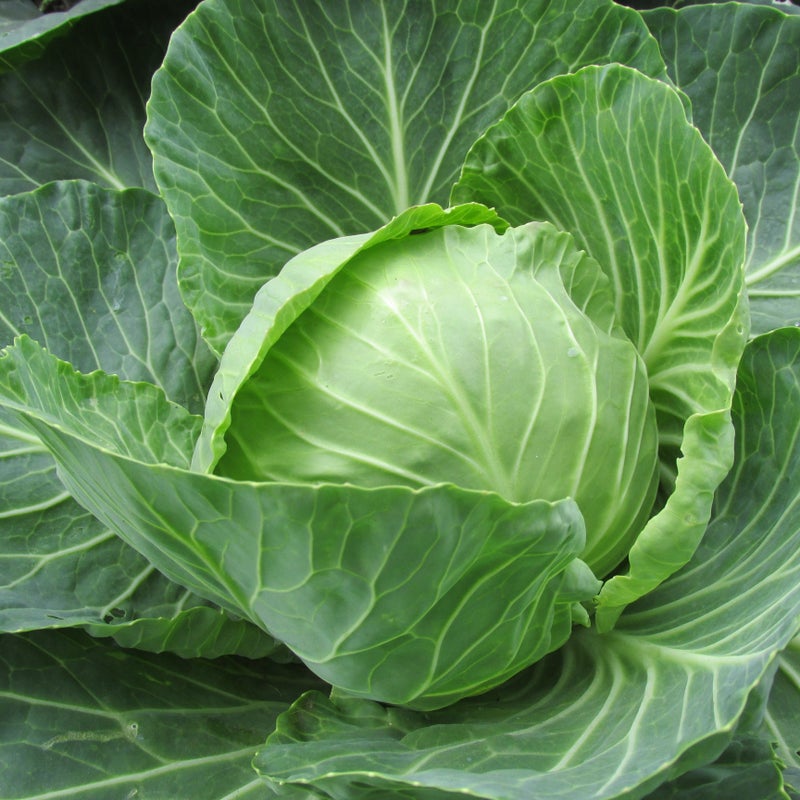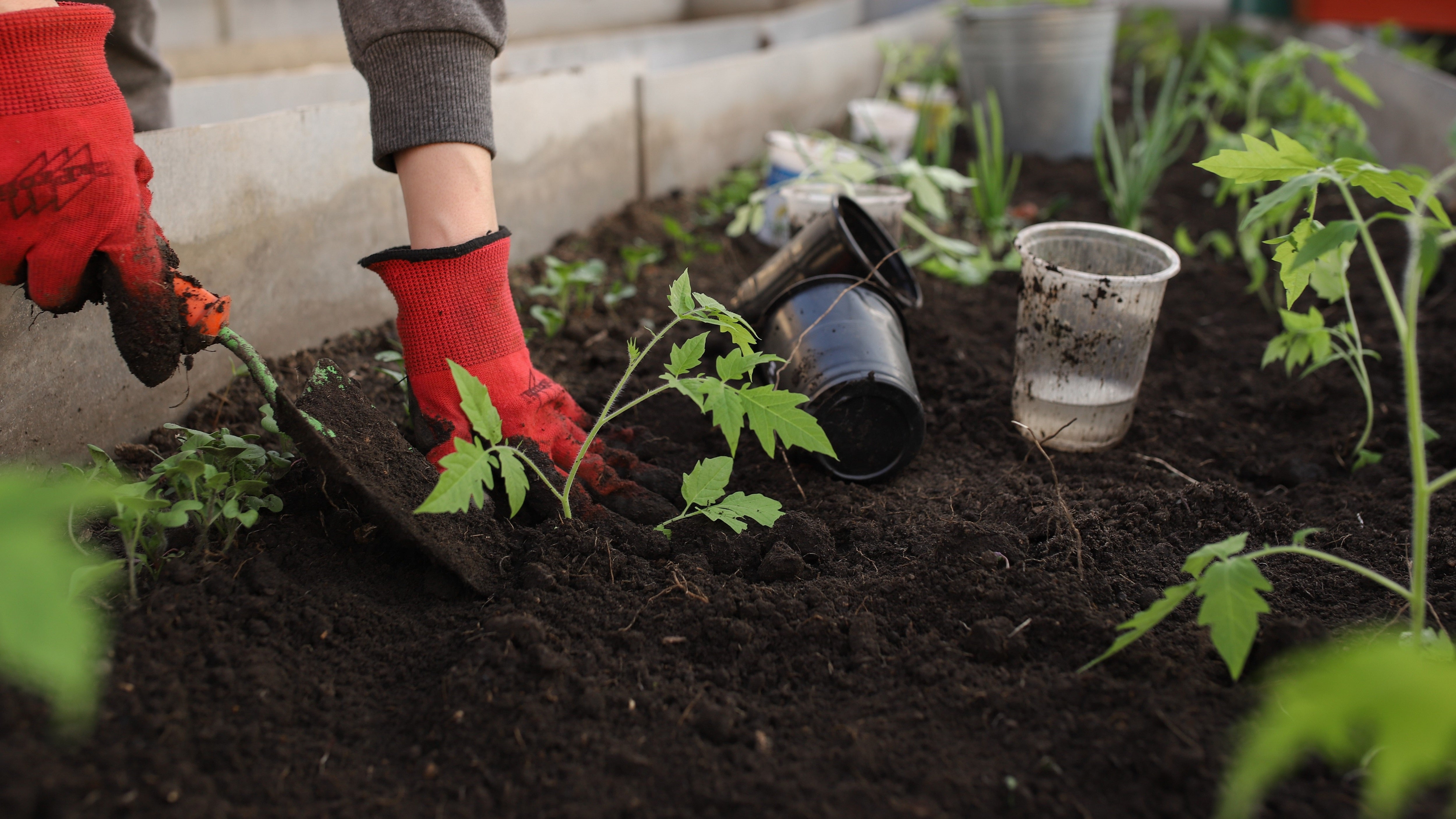
A Beginners Guide to Companion Planting
30 Nov, 2021
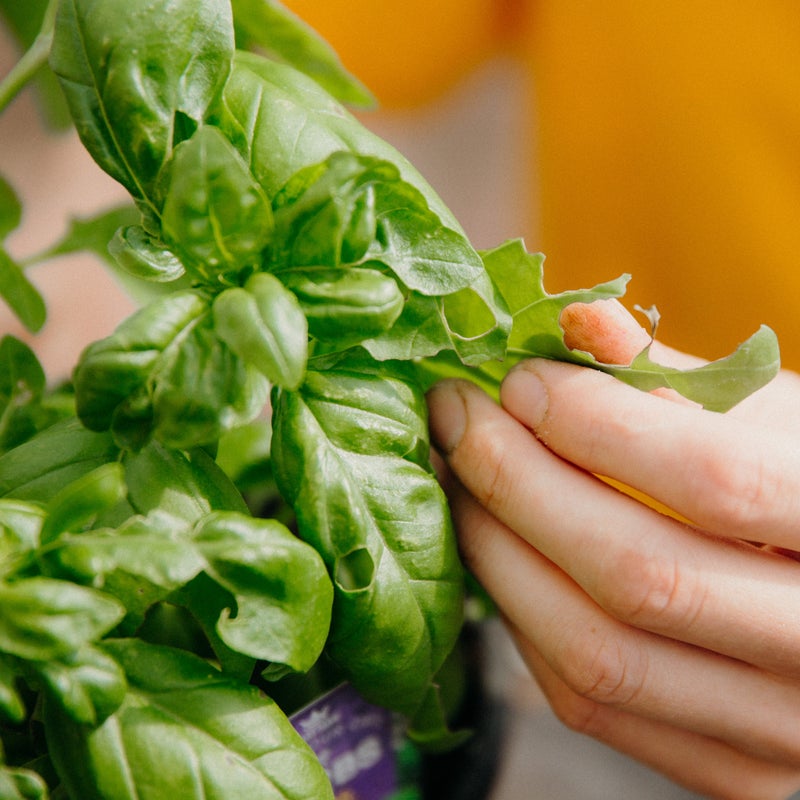
Pest deterrent
Certain plants contain chemical properties that deter specific pests and can be planted throughout the garden. Some may seem a little random, but this is a great spray alternative. Plant garlic around rose bushes to help deter aphids, marigolds will also deter aphids. Basil will deter carrot flies and mosquitoes. Dill deters spider mites. Lavender for moths, fleas and mosquitoes, and catnip deters
aphids and cockroaches (but may attract cats).
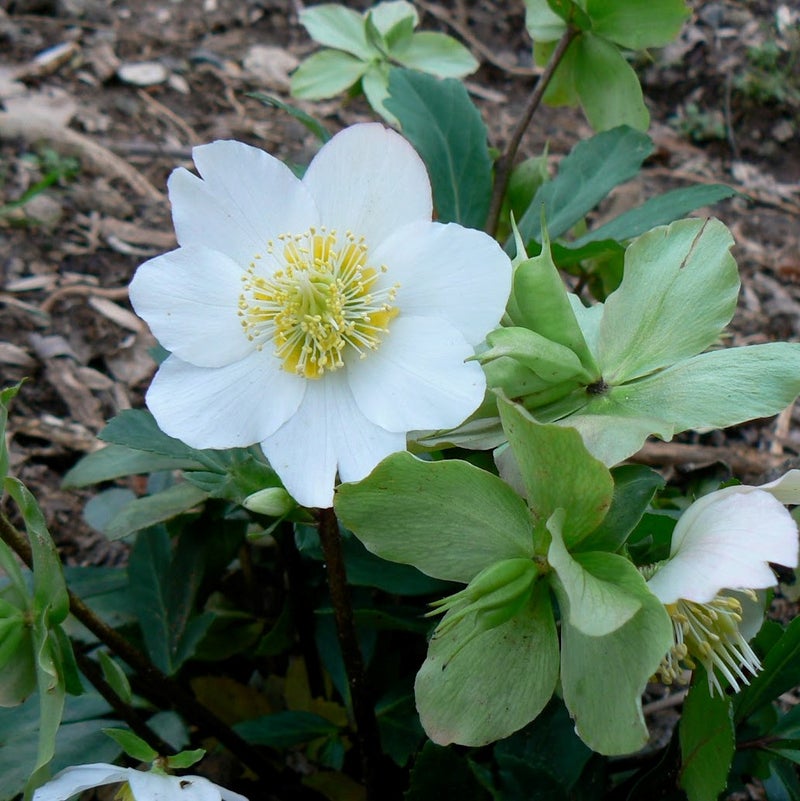
Attracting pollinators
Companion planting includes planting bee-friendly plants, which encourages more insects to the area for better general pollination. For example, if you have planted fruit trees, plant other spring-flowering plants such as borage, strawberries, hellebores and bluebells around the base of the trees to encourage more bees to the area. This will help increase cross-pollination, which will increase your fruit yield. Make sure that your bee-friendly plants bloom at the same time as your fruit and veggie plants for this to work successfully.

Improved growing conditions
Some plants help the growing conditions of others around them. Plants from the legume family are nitrogen-fixing and will release nitrogen back into the soil, feeding their neighbours. This happens when their roots die, which is why lupins are used as green crops, grown in garden beds over winter, then are cut back and dug back into the soil before spring. When peas and beans have finished, cut them to ground level and leave the roots in the soil. Chicory and dandelions have long taproots. They collect nutrients from deep in the soil, and as they bring them up to the surface, this is shared with surrounding plants that have more shallow roots.
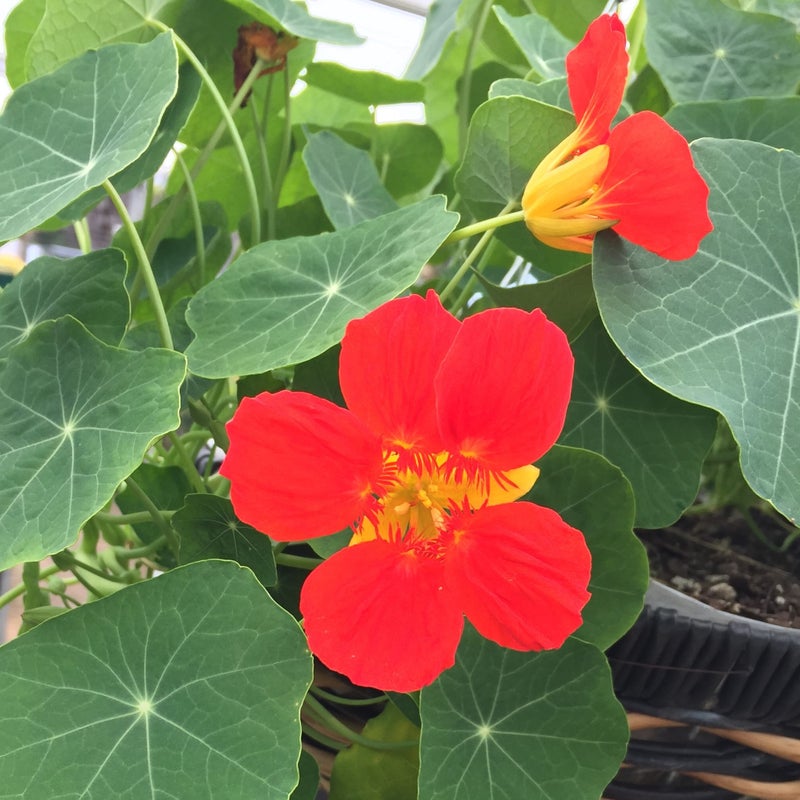
Sacrificial crops
The purpose of sacrificial crops (aka ‘trap crops’) is to attract insects away from the main crop that is being grown. For example, plant nasturtiums to attract aphids, caterpillars and whitefly. Another example is chervil, which is attractive to slugs and snails. Plant sacrificial crops before your intended crop, as they will attract the insects away from the crop you will harvest.
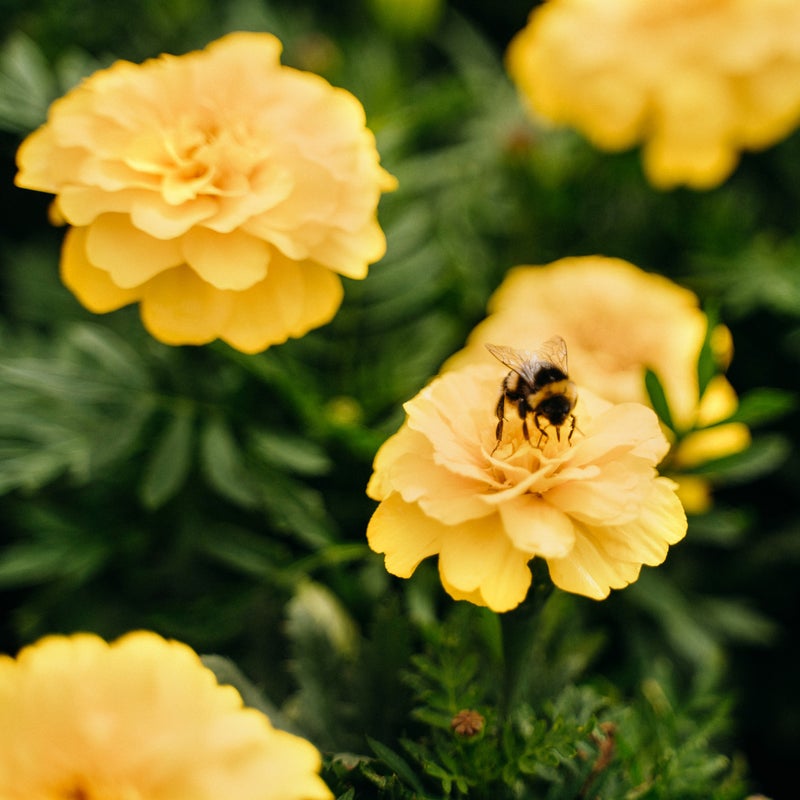
Other beneficial insect plants
Instead of attracting pollinators such as bees, these plants will attract prey insects, and can be added in with a *spray-free sacrificial crop (*spray-free ensures the insects are not killed off). Prey insects will attack and eat smaller pest insects in the garden. For example: plant marigolds to encourage nectar-feeding hoverflies that also eat aphids; mustard attracts ladybirds; borage, yarrow and fennel attract parasitic wasps that eat caterpillars. Many of these plants will also be homes for praying mantis.
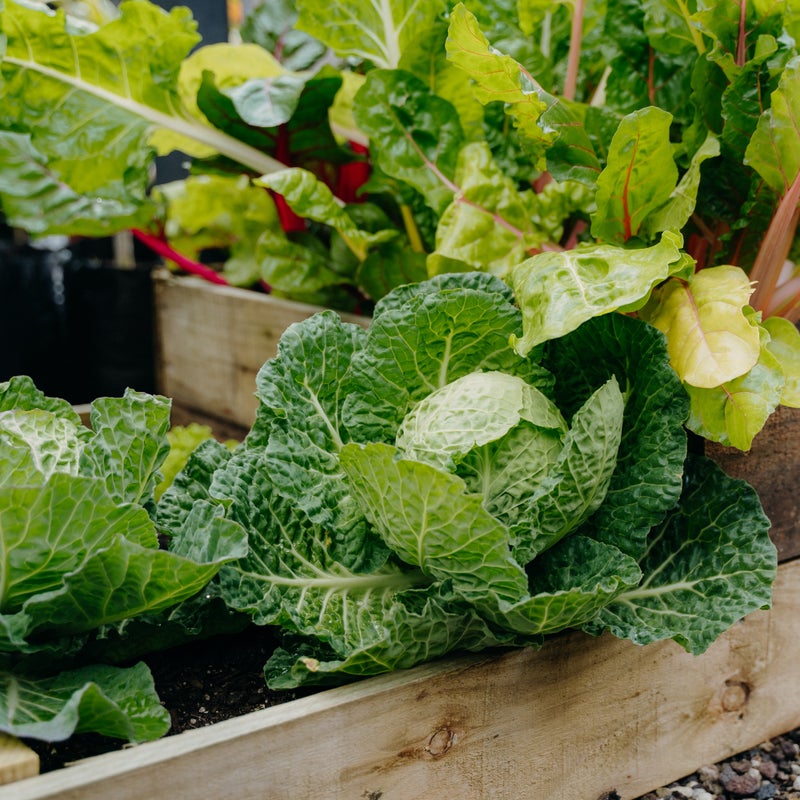
Unfriendly neighbours
Incompatible plants are less likely to thrive next to each other. This can be as simple as a tall plant like a tomato plant growing too large and blocking out much-needed light for its neighbour, which could be a dwarf bean plant. Other reasons can be competing for nutrients, space, or attracting unwanted pests.
Tips from Simon (St Lukes Manager/Plant Doctor)
There is nothing quite like sacrificial planting when it comes to protecting your crops. Here are a few things I tell people who want to avoid spraying:
Make sure your main crop is covered with bug netting. When you first notice an invasion of a pest, make a note of the time for next year and make sure you have well established sacrificial plants ready for the next year.
The neat thing about sacrificial crops is that because they are planted specifically for pests, the crop can then be thinned or treated for the insects, killing them off without getting chemicals near your desired crop.

